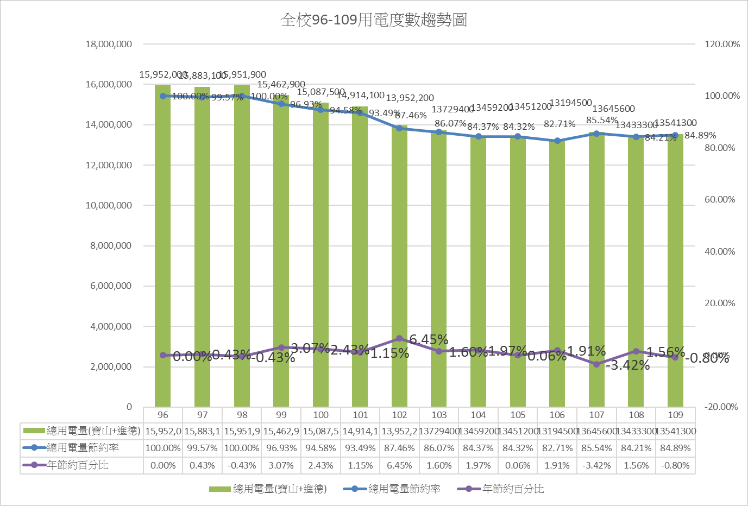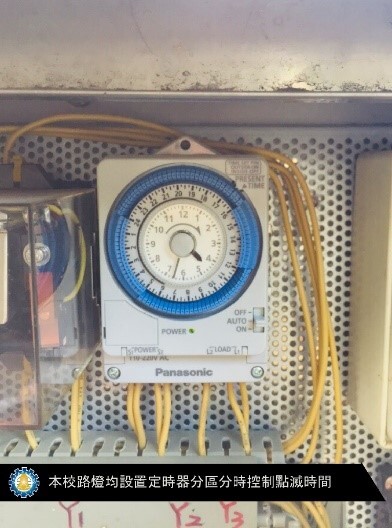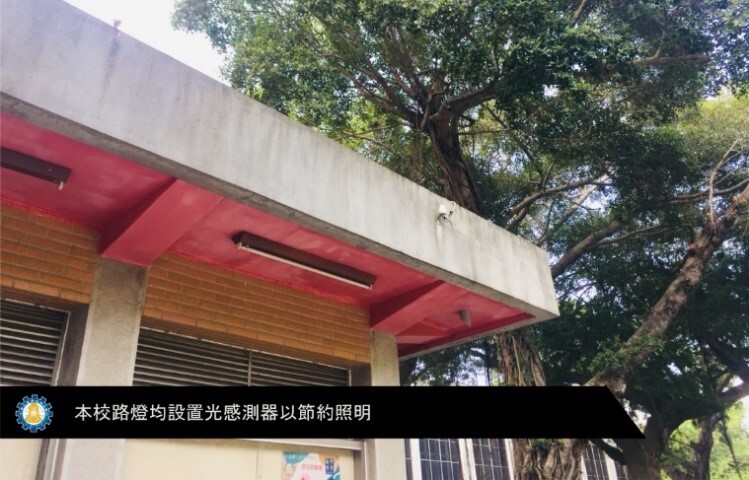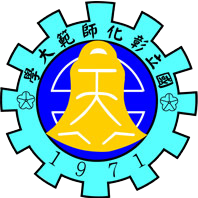SDG7.2.4 Plan to reduce energy consumption-2021
1. Each year, NCUE selects old, energy- and power-consuming, and low-efficiency equipment for replacement based on the regional needs of the buildings. This saves 1% of electricity annually. We have consistently implemented our annual energy-saving policy since 2007, and have cumulatively saved more than 15% of annual electricity consumption as of 2020. Our annual plans for 2019–2021 are as follows:
|
Year |
Annual plans |
|
2021 |
|
|
2020 |
|
|
2019 |
|
2. Timers or sensors are used to manage the automatic activation of electrical equipment, which ensures proper illumination while saving energy.

Chart of NCUE’s electricity consumption trend in 2007–2020
(The consumption rebound in 2018–2020 was due to the addition of three buildings over three consecutive years)

All street lights on campus are controlled by timers and are set to turn off by region and time

All the street lights on campus are equipped with light sensors to save on energy used for illumination
3. 1 MW/1.26 MWh energy storage system commenced operations in the Bao-Shan Campus in September–October 2020, which sets the original peak load of 1,023 kW to be lower than the contracted capacity of 835 kW . This led to savings of NT$98,105 and NT$20,292 for the two months, respectively, which would be the extra charges payable for exceeding the contracted capacity. Based on these operating results, the Bao-Shan Campus can reduce its contracted capacity to less than 800 kW. With the installed photovoltaic panels, NCUE can supply enough power to meet most of its peak load requirement. In addition, a large energy storage system is used to reduce peak demand and improve energy efficiency.


